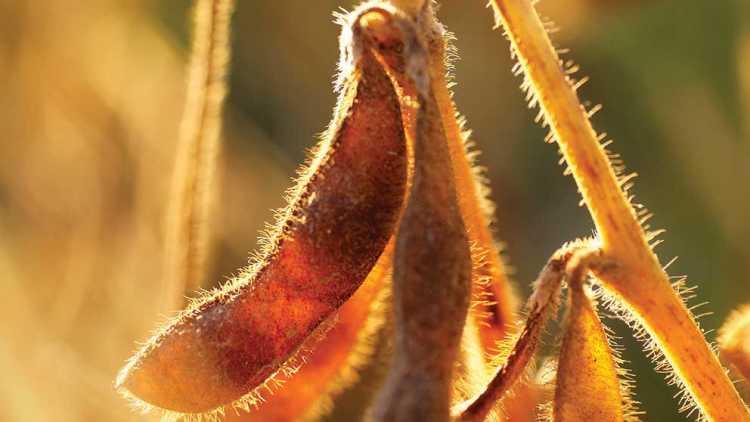Why farmers should look beyond looming U.S.-China currency war

U.S.-China trade tensions show no signs of abating. The U.S administration announced higher tariffs on U.S. imports from China, who is also raising their own tariffs on U.S. exports. China has also been called out for deliberately lowering the value of their currency, triggering fear of a currency war amid the ongoing trade war.
Here’s what is at stake for agricultural markets.
Trade policies do not occur in a vacuum
U.S. tariffs raise the price buyers pay for Chinese goods, and thus soften the import demand of U.S. businesses and consumers. Yet tariffs have been ineffective at reducing the U.S. trade deficit. The trade balance has become slightly more negative: from a deficit of US$153.1B in Q1 of 2018 to a deficit of US$154.6 in the first quarter of 2019. This is mostly the result of stronger U.S. imports, despite tariffs. So, how is this possible?
The U.S. economy is the largest in the world. A weaker demand from the U.S. then lowers the value of the exporter’s currency. The U.S. Dollar (USD) gained 12.5% against the Chinese yuan between March 2018 and August 2019. The falling yuan is also the result of a slowing Chinese economy. Bottom line is that U.S. tariffs are not consistent with a strong Chinese currency. Quite the opposite.
Currencies: the next round of US-China trade tensions?
A recent depreciation in the Chinese yuan prompted the U.S. administration to identify China as a currency manipulator. The next step is for the U.S. to consult with the International Monetary Fund (IMF) in finding a solution to the perceived problem, raising fears of a currency war. This happens when trading partners take actions that result in the exchange rate of their currency falling relative to other currencies, with the objective of gaining a competitive advantage in world markets.
Currency values as a driver of commodity prices
A weaker USD is usually associated with higher commodity prices; it thus would not be a positive development to see China push its currency lower against the USD.
Consider soybeans as an example. The higher is the Chinese yuan, the less expensive are imports of soybeans. But it also matters who the supplying country is. The Brazilian real has fallen against the USD making U.S. exporters less competitive, not just because of tariffs, but also because of currencies. Demand for Brazilian soybeans has soared and so have Brazilian soybean prices. Quite the contrast with U.S. soybean prices.
The loonie performed relatively well in 2019. It has gained a little more than 2% against the USD since the beginning of the year but remains at a reasonable level for competitive purposes.
Strength of global economy matters more for Canadian agriculture
The most important driver for commodity prices is the health of the global economy. There are signs that U.S. tariffs are taking a toll. The German economy contracted in the second quarter. Many central banks (India, New Zealand, Thailand) have cut their policy interest rate as an insurance against a weaker global economy.
The most important driver for commodity prices is the health of the global economy.
Despite all the trade tensions, the demand for agricultural commodities is projected to remain strong in 2019-20:
Total wheat consumption up 3%
Global coarse grain usage to climb 0.5%
Oilseeds’ consumption to grow 2.1%
Global beef consumption is also projected to increase in 2019 by 1.4%. Pork would also climb if it was not from the anticipated decline due to ASF in China.
Farm operations should look beyond possible currency wars and monitor the health of the world economy. A global slowdown would lower the projections for growth in demand and likely pressure prices and farm income.
Jean-Philippe (J.P.) Gervais
Executive Vice President, Strategy and Impact and Chief Economist
J.P. Gervais is Executive Vice President, Strategy and Impact and Chief Economist at FCC. His insights help guide FCC strategy, monitor risks and identify opportunities in the economic environment. In addition to acting as an FCC spokesperson on economic matters, J.P. provides commentary on the agriculture and food industry through videos and the FCC Economics blog.
Prior to joining FCC in 2010, J.P. was a professor of agricultural economics at North Carolina State University and Laval University. J.P. is a Fellow of the Canadian Agricultural Economics Society. He obtained his PhD in economics from Iowa State University in 1999.
